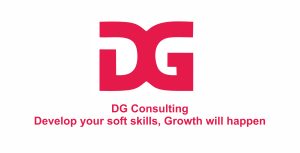Organizational Climate Survey
Studies demonstrate over and over again that low morale and lack of motivation have a significant negative impact on productivity. A Gallup poll found that 19% of the U.S. workforce is “actively disengaged.” This means that they are not enthralled by their work and feel disconnected from their work. These workers were found to have dramatically higher absentee rates than engaged workers and significantly lower productivity rates.
Successful organizations understand the needs and desires of their employees and they work to create a positive environment where people can thrive. Organizational climate surveys are a powerful tool for identifying organizational strengths and weaknesses. The results of these surveys also provide a basis for effective action planning for employee development and organizational change. Ideally, a climate survey should be conducted on an annual basis, as organizational development is a process not an event.
At its most basic level, organizational climate refers to employee’s shared perceptions of their work environment. Climate is an enduring state that impacts behavior and how the work gets done. Some aspects of the environment that affect the culture include, morale, trust, leader ship, team work, rewards, recognition, benefits/compensation and conflict resolution.
An organizational climate survey is like a weather report that quantifies attitudes and beliefs. The results can help to create a holistic picture of the organization and allow the company to leverage its strengths. The feedback also highlights issues that may be inhibiting individual and organizational success.
Individuals may feel inhibited to be open and honest in one-on-one interviews, anonymous surveys can help to identify the cause of employee turnover and describe the impact of current programs and policies. Moreover, surveys give employees the opportunity to describe their desired culture. And organizations can establish a benchmark for evaluating changes in overall performance over time. Finally, management can demonstrate that they care about their employees by taking action based upon the feedback.
Confidentiality is one of the most critical factors in gathering feedback. Employees are usually more candid and open when they know that their name will not be linked to comments and ratings. Returning a survey directly to a co-worker can generate the perception that their results are not confidential. This trepidation can be removed by dealing with an experienced third party consultant. Also, an experienced outside consultant can objectively read the report without rationalizing the results. Finally, professionals specialize in survey design and analysis. They are able to design a statistically valid survey and generate unbiased analysis of the results.
